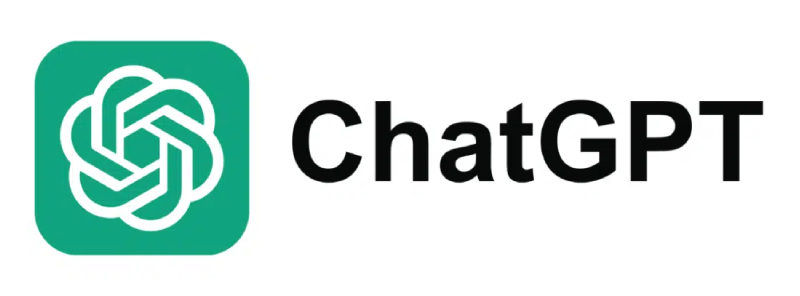Gamification is the strategic integration of game design elements, mechanics, and principles into non-game contexts to enhance engagement, motivation, and desired behaviors. In the gaming industry specifically, gamification represents the application of core gaming expertise—from progression systems to reward mechanics—beyond traditional game development into player communities, engagement platforms, and business operations.
At its essence, gamification transforms routine interactions into compelling experiences by leveraging the same psychological triggers that make games inherently engaging. It’s not about turning everything into a game, but rather applying the science of what makes games work to solve real-world challenges in player retention, community building, and business growth.
The formal definition has evolved since the term’s Oxford English Dictionary debut in 2011 as “the application of concepts and techniques from games to other areas of study.” Today’s gaming industry understands gamification as a sophisticated discipline that bridges entertainment and utility, creating value through engagement.
Historical Evolution and Origins
The Ancient Roots
While “gamification” is a 21st-century term coined by British programmer Nick Pelling in 2002, the concept’s origins stretch back millennia. According to Herodotus, the ancient Lydians invented dice games during an 18-year famine, using gameplay to distract from hunger—arguably history’s first documented gamification implementation.
Modern Gaming Foundations
The contemporary gamification movement emerged from gaming’s digital revolution. In 1978, Richard Bartle and Roy Trubshaw created MUD1, the first multiplayer online role-playing game, demonstrating how game mechanics could create persistent, engaging virtual worlds. This laid groundwork for understanding how gaming principles could transform digital interactions.
The 1980s saw the launch of airline loyalty programs—proto-gamification systems using points, levels, and rewards to drive customer behavior. These programs proved that game mechanics could effectively motivate real-world actions outside entertainment contexts.
The Digital Acceleration
The 2000s’ social web explosion catalyzed gamification’s mainstream adoption. American game designers Jane McGonigal and Jesse Schell championed gamification’s potential, while Yu-kai Chou developed the Octalysis Framework in 2003, providing scientific structure for understanding gaming motivation’s eight core drives.
By 2007, companies like Bunchball began offering “game mechanics as a service,” marking gamification’s transition from concept to industry. The term gained widespread usage by 2010, coinciding with mobile gaming’s rise and social media’s gamified features becoming ubiquitous.
Core Terminology: The Gamification Dictionary
Fundamental Terms
Player/User: The individual engaging with the gamified system. In gaming contexts, understanding player psychology and motivation drives effective gamification design.
Game Mechanics: Explicit rule sets determining outcomes of user activities. These are the “verbs” of gamification—the actions players can take and their systematic results.
Game Dynamics: Emergent behaviors arising from players interacting with mechanics. While mechanics are designed, dynamics evolve organically from player engagement.
Game Aesthetics: The emotional responses and experiences evoked through gameplay. These represent the “fun” factor—why players emotionally invest in the experience.
Game Elements/Components: Specific building blocks extracted from games—progress bars, missions, points, badges. These tangible features serve as the interface between abstract systems and human interaction.
Future Terminology Trends
Emerging Concepts
Blockchain Gamification: Decentralized achievement systems with cross-platform portability and real value.
AI-Driven Personalization: Machine learning optimizing individual gamification experiences in real-time.
Immersive Gamification: VR/AR technologies creating physical-digital hybrid engagement experiences.
Ethical Gamification: Growing focus on responsible design prioritizing user well-being alongside engagement.
Industry Evolution
As gamification matures, terminology continues evolving. The gaming industry’s role shifts from entertainment provider to engagement architect, with gaming companies becoming consultants and platform providers for gamification across all sectors.
Understanding this comprehensive glossary empowers gaming professionals to leverage their expertise beyond traditional game development, participating in the broader $172 billion gamification market projected by 2030.
Conclusion: The Language of Engagement
Gamification represents the gaming industry’s greatest export—not games themselves, but the science of engagement that makes games compelling. This glossary provides the foundational vocabulary for gaming professionals to articulate, implement, and innovate with gamification across industries.
As digital experiences increasingly adopt gaming principles, mastery of gamification terminology becomes essential for gaming companies seeking to expand their influence and revenue streams. The language of gamification is ultimately the language of human motivation, and gaming professionals are its native speakers.
Whether applying these concepts to player communities, business operations, or entirely new sectors, understanding gamification’s terminology enables gaming companies to translate their core expertise into universal engagement solutions. The game has evolved beyond entertainment—it’s now the blueprint for digital interaction itself. Book a Demo to see how Helpshift’s AI-first platform can help you build engaged communities, capture actionable feedback, and create gamified support experiences that delight your players.








